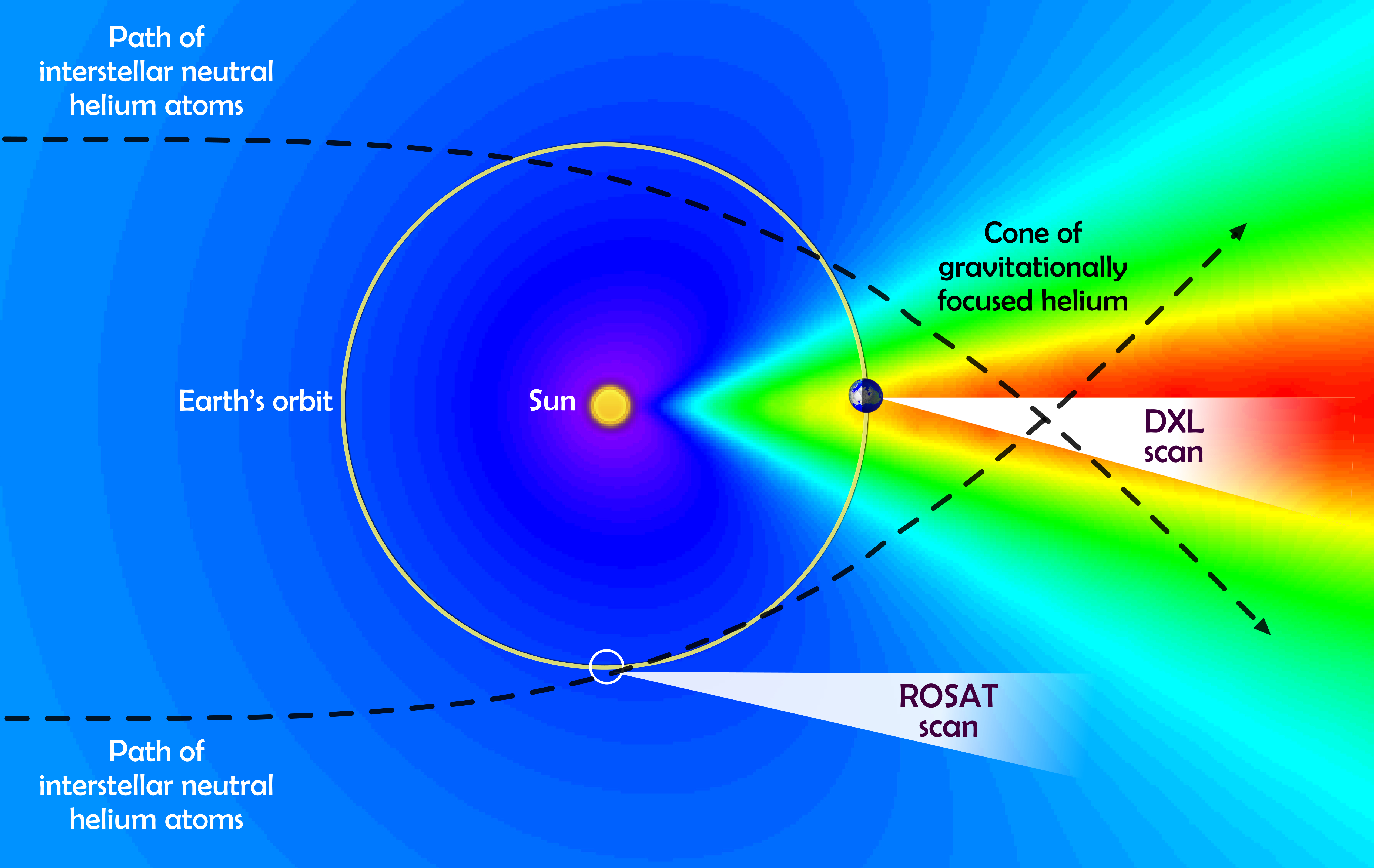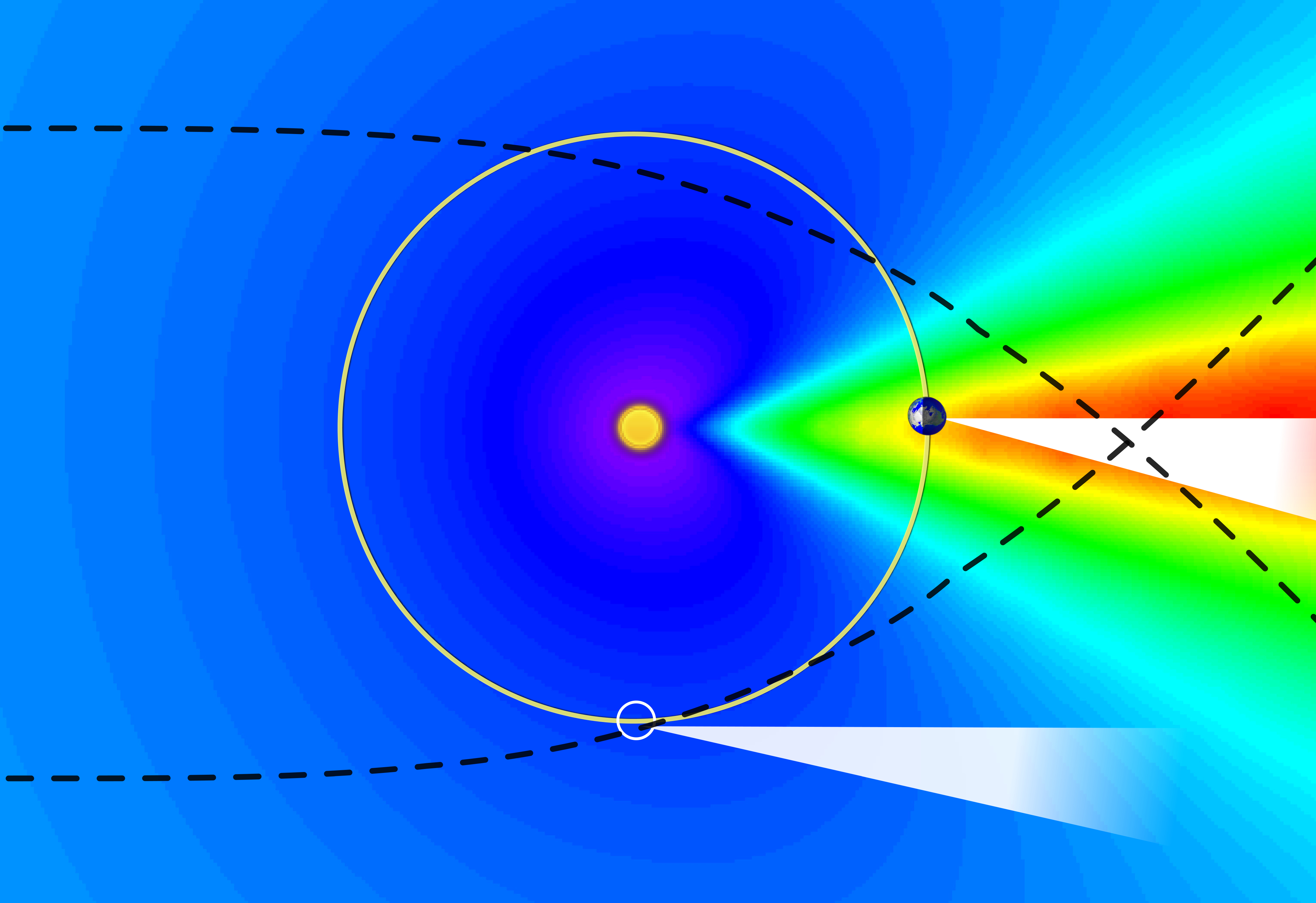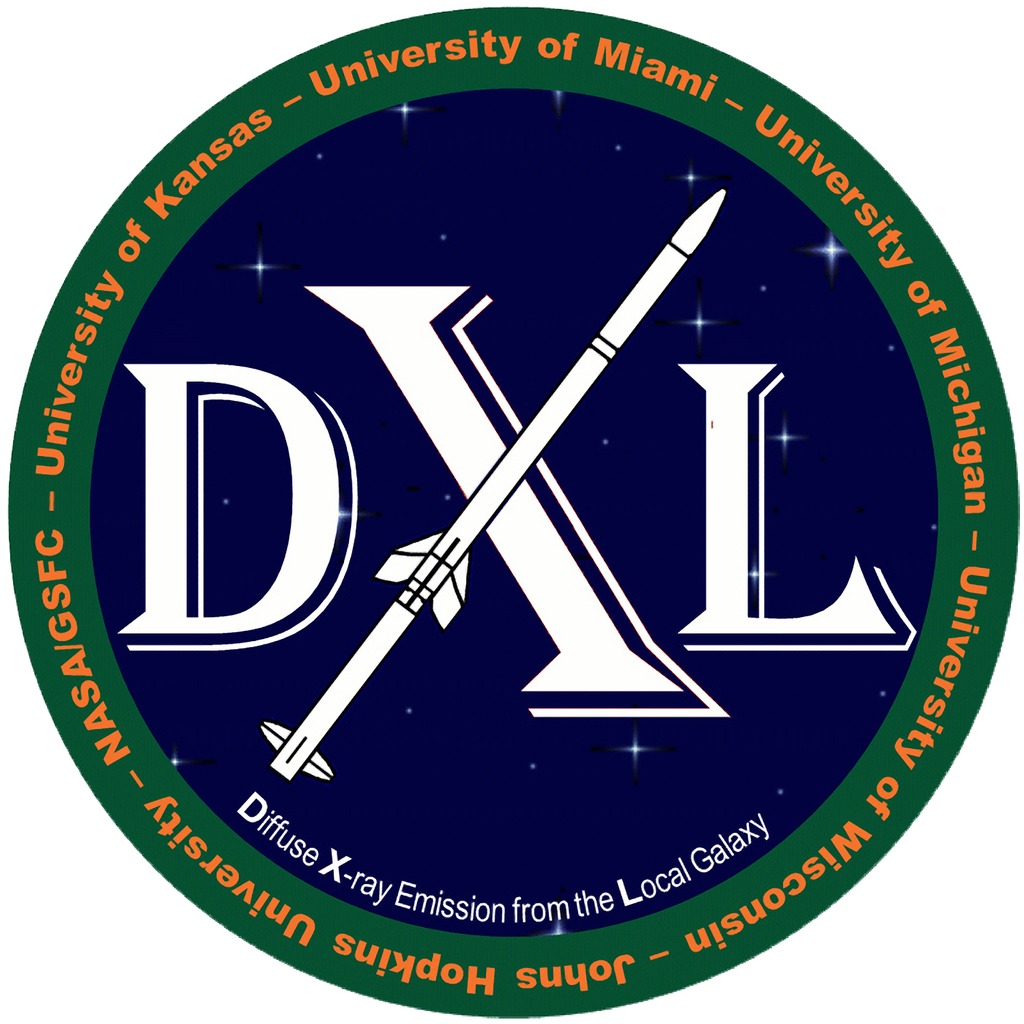Sun
Universe
ID: 11550
New findings from the NASA-funded Diffuse X-ray emission from the Local Galaxy (DXL) mission have resolved a decades-old puzzle about a fog of low-energy X-rays observed over the entire sky. Using refurbished detectors first flown on a NASA sounding rocket in the 1970s, astronomers have now confirmed the long-held suspicion that much of this glow stems from a region of million-degree interstellar plasma known as the local hot bubble, or LHB.
In the 1990s, a six-month all-sky survey by the German X-ray observatory ROSAT provided improved maps of the soft X-ray diffuse background. But it also revealed that comets were an unexpected source of soft X-rays. As scientists began to understand this process, called solar wind charge exchange, they realized it could occur anywhere neutral atoms interacted with the solar wind, leading scientists to challenge the LHB interpretation.
On Dec. 12, 2012, DXL launched from White Sands Missile Range in New Mexico atop a NASA Black Brant IX sounding rocket, reaching a peak altitude of 160 miles (258 km) and spending five minutes above Earth's atmosphere. The mission design allowed the instrument to observe a worst-case scenario involving charge exchange with interstellar gas.
The solar system is currently passing through a small cloud of cold interstellar gas as it moves through the galaxy. The cloud’s neutral hydrogen and helium atoms stream through the planetary system at about 56,000 mph (90,000 km/h). While hydrogen atoms quickly ionize and respond to numerous forces, the helium atoms travel paths largely governed by the sun's gravity. This creates a "helium focusing cone" downstream from the sun that crosses Earth's orbit and is located high in the sky near midnight in early December. Better still, it forms a region with a much greater density of neutral atoms and a correspondingly enhanced charge exchange rate.
The solar wind originates in the sun's corona, the hottest part of its atmosphere, so its atoms have been ionized, stripped of many of their electrons. When these particles collide with a neutral atom, one of its electrons often jumps to the solar wind ion. Once captured, the electron briefly remains in an excited state, then emits a soft X-ray and settles down at a lower energy.
To establish a baseline for the soft X-ray background, the researchers used data captured by the ROSAT mission in September 1990 in a direction looking along, rather than into, the helium focusing cone. The results indicate that only about 40 percent of the soft X-ray background originates within the solar system, which means the LHB is the dominant source.



NASA X-ray Instrument Confirms the 'Local Hot Bubble'
In the 1990s, a six-month all-sky survey by the German X-ray observatory ROSAT provided improved maps of the soft X-ray diffuse background. But it also revealed that comets were an unexpected source of soft X-rays. As scientists began to understand this process, called solar wind charge exchange, they realized it could occur anywhere neutral atoms interacted with the solar wind, leading scientists to challenge the LHB interpretation.
On Dec. 12, 2012, DXL launched from White Sands Missile Range in New Mexico atop a NASA Black Brant IX sounding rocket, reaching a peak altitude of 160 miles (258 km) and spending five minutes above Earth's atmosphere. The mission design allowed the instrument to observe a worst-case scenario involving charge exchange with interstellar gas.
The solar system is currently passing through a small cloud of cold interstellar gas as it moves through the galaxy. The cloud’s neutral hydrogen and helium atoms stream through the planetary system at about 56,000 mph (90,000 km/h). While hydrogen atoms quickly ionize and respond to numerous forces, the helium atoms travel paths largely governed by the sun's gravity. This creates a "helium focusing cone" downstream from the sun that crosses Earth's orbit and is located high in the sky near midnight in early December. Better still, it forms a region with a much greater density of neutral atoms and a correspondingly enhanced charge exchange rate.
The solar wind originates in the sun's corona, the hottest part of its atmosphere, so its atoms have been ionized, stripped of many of their electrons. When these particles collide with a neutral atom, one of its electrons often jumps to the solar wind ion. Once captured, the electron briefly remains in an excited state, then emits a soft X-ray and settles down at a lower energy.
To establish a baseline for the soft X-ray background, the researchers used data captured by the ROSAT mission in September 1990 in a direction looking along, rather than into, the helium focusing cone. The results indicate that only about 40 percent of the soft X-ray background originates within the solar system, which means the LHB is the dominant source.



For More Information
Credits
Scott Wiessinger (USRA): Lead Animator
Scott Wiessinger (USRA): Producer
Francis Reddy (University of Maryland College Park): Lead Science Writer
Francis Reddy (University of Maryland College Park): Graphics
Scott Wiessinger (USRA): Producer
Francis Reddy (University of Maryland College Park): Lead Science Writer
Francis Reddy (University of Maryland College Park): Graphics
Please give credit for this item to:
NASA's Goddard Space Flight Center. However, individual items should be credited as indicated above.
NASA's Goddard Space Flight Center. However, individual items should be credited as indicated above.
Short URL to share this page:
https://svs.gsfc.nasa.gov/11550
This item is part of these series:
Astrophysics Animations
Astrophysics Stills
Keywords:
SVS >> HDTV
SVS >> Solar Wind
SVS >> X-ray
SVS >> Astrophysics
SVS >> Interstellar Medium
NASA Science >> Sun
NASA Science >> Universe
https://svs.gsfc.nasa.gov/11550
This item is part of these series:
Astrophysics Animations
Astrophysics Stills
Keywords:
SVS >> HDTV
SVS >> Solar Wind
SVS >> X-ray
SVS >> Astrophysics
SVS >> Interstellar Medium
NASA Science >> Sun
NASA Science >> Universe











